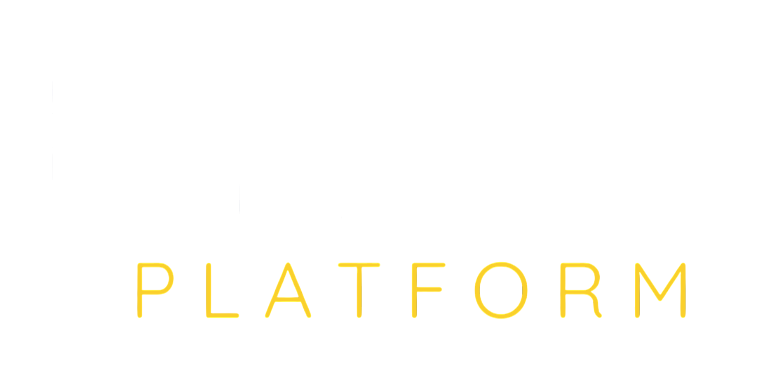
How to Ensure Web Security During Development for US Projects
7/4/2025
When building a website or web application, developers often prioritize functionality and user experience while unintentionally sidelining one of the most critical elements: security. A vulnerable web application can expose your business and users to serious threats such as data breaches, financial loss, and reputational damage.
That's why understanding how to ensure web security during development is essential from the very first line of code.
In this guide, we'll explore best practices and strategies for securing web applications during development, helping you build resilient systems that can stand up to real-world threats.
Why Web Security Must Start During Development
Security is not a step to add at the end of the development process it needs to be embedded into every stage. Postponing security measures increases the chances of introducing flaws that may not surface until it's too late.
Security-first development: Reduces long-term costs associated with patching vulnerabilities
Builds user trust and protects sensitive data
Ensures compliance with standards like GDPR, HIPAA, and PCI-DSS
Improves overall code quality
How to Ensure Web Security During Development
Here's how developers and teams can actively integrate strong security practices into their web development workflows:
1. Start with Secure Architecture
Design the application with security in mind from day one. Use established architectural patterns such as layered security (defense-in-depth) and minimize data exposure between components. Segregate duties between databases, APIs, and user interfaces to reduce the blast radius of any potential attack.
2. Use HTTPS from the Start
All web applications must use HTTPS, not just for user trust but for encrypted data transmission. Acquire SSL/TLS certificates early, even during development and staging phases. Modern browsers now mark non-HTTPS sites as "Not Secure," which can directly impact credibility.
3. Implement Strong Authentication and Authorization
Use industry-standard authentication mechanisms such as OAuth 2.0 or JWT. Avoid rolling your own login systems. Enforce: Strong password policies
Two-factor authentication (2FA)
Role-based access control (RBAC)
Session expiration and inactivity timeouts
Each layer adds protection against unauthorized access.
4. Sanitize and Validate All User Input
User input is one of the most common attack vectors. Always: Use server-side validation in addition to client-side
Escape output to prevent XSS (Cross-site Scripting)
Use prepared statements or ORM features to prevent SQL injection
Filter file uploads for type, size, and source
This is one of the most critical steps in protecting against common vulnerabilities.
5. Use Secure Frameworks and Libraries
When choosing third-party tools, use only well-maintained, community-trusted frameworks and libraries. Always: Check for known vulnerabilities using tools like Snyk or npm audit
Keep dependencies updated
Avoid libraries with no active support or questionable origin
Outdated packages often serve as entry points for attackers.
6. Manage API Security Proactively
APIs are increasingly becoming targets. Secure them by: Using API gateways and authentication tokens
Rate limiting requests to prevent abuse
Implementing input validation and throttling
Logging all access and unusual activity
Also, never expose internal APIs directly to the public.
7. Secure Data at Rest and in Transit
Encrypt sensitive data stored in your databases and make sure any information transmitted between client and server is encrypted using HTTPS/TLS. Additionally: Avoid storing passwords in plain text
Use hashing algorithms like bcrypt or Argon2
Limit access to encryption keys and credentials
8. Monitor, Log, and Alert
Set up logging and monitoring early in development. Use services like LogRocket, Datadog, or even basic server-side logging with alerts to: Track anomalies
Detect intrusion attempts
Get real-time notifications of abnormal behavior
Security is proactive, not reactive.
9. Conduct Regular Code Reviews and Penetration Testing
Establish peer reviews and regular audits of your codebase. Use automated tools for static code analysis and periodically conduct manual penetration testing (especially before launches). Third-party security audits can reveal overlooked issues.
10. Follow the Principle of Least Privilege
Limit access rights for users, developers, and system processes. Each user or component should only have the permissions necessary to complete its task. This reduces damage if access is compromised.
Common Mistakes to Avoid
Leaving default credentials or exposed admin panels in production
Ignoring security in development and testing environments
Disabling security headers like CSP, HSTS, and X-Frame-Options
Storing sensitive user data unnecessarily (e.g., full credit card numbers)
Every overlooked detail can become a liability.
Final Thoughts
Understanding how to ensure web security during development isn't just about checking boxes it's about building a product your users can trust. By integrating security at every stage, from architecture to deployment, you reduce your risk profile and create a more stable, resilient digital product.
Security is a process, not a plugin. The earlier it's embedded into development, the stronger your platform becomes in the long run.
Secure Development Starts with the Right Team
At Bytes Platform, we believe that secure development is smart development. Our team builds secure-by-design web platforms for startups and enterprises alike ensuring your systems are protected from day one. Contact us now to schedule a consultation and find out how we can help secure your next digital project.
Related Articles

AI Search Console Update ’25: A Powerful Boost for SEO Reports
AI Search Console Update ’25: A Powerful Boost for SEO Reports

Search Console Indexing Delay: Google Confirms Reporting Issue, Not Indexing Problems
Search Console Indexing Delay: Google Confirms Reporting Issue, Not Indexing Problems

Why Bytes Platform Is the Right AI Partner for Your Business? A 2025 Perspective
Why Bytes Platform Is the Right AI Partner for Your Business? A 2025 Perspective

